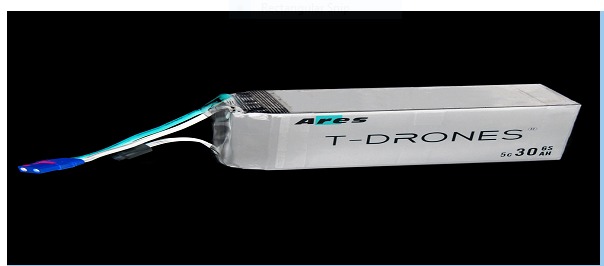Introduction: The Lifeline of FPV Drones
The drone batteries that power these high-performance airborne machines are the core of FPV drones. The focus of this extensive course is the drone battery, which will explore the design, multiple types, maintenance and methods for increasing performance. Learn more about the many types of batteries, including lithium ion and lithium polymer, that you need to keep your first person view drone fueled and ready to go.
Understanding Drone Batteries:The Power Behind the Flight
Drone surveillance aircraft rely on drone batteries, which store and recharge energy. The cells used to make these batteries are usually lithium-ion or lithium polymers, which have high capacity, light weight, and reliable performance FPV drone flight length, power output, battery capacity and discharge all. Labor and It is a cost in many ways.
Types of Drone Batteries: Choosing the Right Power Source
Due to its high capacity, low latency and affordable price, lithium-ion batteries are commonly used in FPV drones. Drones can be powered by a wide range of batteries, which come in various size combinations. Their voltage output remains constant. The most popular option is the lithium polymer battery, or LiPo battery, due to its compact size, lightweight design and high battery capacity. This battery is ideal for freestyle drones and first-person video racing because it allows for more efficient flying, faster speeds and faster maneuvers. Drone batteries can be made from a variety of materials, including lithium ion, polymers and iron phosphate. Different battery chemistries have different materials and performance characteristics, so it’s important to choose the one that best suits your needs and interests.

Maintaining Drone Batteries: Tips for Longevity and Performance
Never charge a drone without first checking compatibility with the device and then following the manufacturer’s instructions. Battery performance, lifespan and safety are all adversely affected by improper charging or undercharging. Store your drone’s battery in a dry, cool place away from heat and direct sunlight. Protect your batteries from corrosion and reduce the chances of explosions by storing them in a fireproof bag or container. Check drone batteries regularly for signs of swelling, corrosion, or corrosion. Stop using old or damaged batteries and get new ones to keep your devices running smoothly and reliably. By monitoring their power levels during flight and having the flight controller set alerts for when the battery is dying you can save your drone’s battery from dying too fast Check voltage levels and move their drone where safety in before it gets too low Overloading shortens the battery life and can damage them.
Maximizing Drone Battery Performance: Tips and Techniques
Undersized batteries can lead to unstable flights because they don’t provide enough power, while oversized batteries make the drone overweight and fly poorly by adding unnecessary mass The efficiency and long life of your drone’s battery life depends on how effectively you fly it. This includes maintaining an upwind position, down curves and controlling the throttle. If you use aggressive roads, accelerate quickly, or apply heavy throttle pressure, the battery can drain quickly. It is wise to purchase drones equipped with advanced battery management systems (BMS) that continuously monitor voltage, temperature and current. A battery management system (BMS) enables the drone to operate safely and reliably by optimizing battery performance, preventing overcharge and harmful battery charges, and more.
Conclusion: Powering Up for the Future of FPV Drones
In summary, the power required to operate First Person Observation Vehicles (FPVs) is provided by passive batteries. With better knowledge of drone battery technology, types, maintenance and techniques, pilots can open new avenues in aerial exploration and navigation This will allow them to fly as long as possible, increasing productivity and they have gone into uncharted territories. A super-equipped drone with a reliable battery can take an inexperienced pilot to new locations, whether they’re maneuvering over obstacles, shooting stunning aerial shots, or discovering uncharted terrain.

